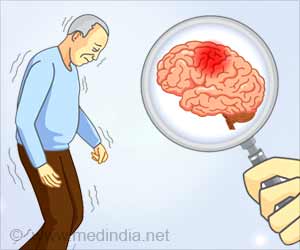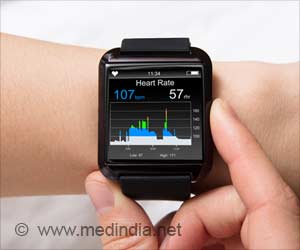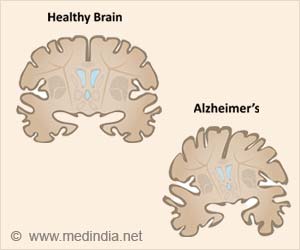Scientists unveil a low-cost, smartphone-based sensor system to help manage Parkinson's disease symptoms.

Advances in the treatment of Parkinson's disease
Go to source). People with Parkinson’s face a continuous decrease in neuron cells that reduces the levels of dopamine (neurotransmitter) in their body.
‘ Did You Know?
Men are 1.5 times more likely to develop Parkinson's disease than women. #parkinsonsdisease #smartphone ’





L-dopa is a chemical that is converted to dopamine in our body and so acts as an anti-Parkinson’s drug. Men are 1.5 times more likely to develop Parkinson's disease than women. #parkinsonsdisease #smartphone ’
A correct dosage of L-dopa ensures the disease remains manageable. When L-dopa decreases, Parkinson's symptoms return.
On the other hand, too much of the chemical can cause serious side effects like dyskinesia, gastritis, psychosis, paranoia, and orthostatic hypotension.
IASST’s novel optical sensor system uses a fluorescence turn-on mechanism to instantly detect low levels of L-dopa in biological samples. It also reveals the precise dosage required.
Scientists Develop Breakthrough Tool for Parkinson's Care
The system acts as an effective probe that “can detect L-dopa in real samples such as blood plasma, sweat, and urine within a linear range of 5 micrometers to 35 micrometers. The corresponding detection limits were determined to be 95.14 nM, 93.81 nM, and 104.04 nM, respectively,” said the researchers.Advertisement
Visual color changes during the sensing process were observed by illuminating the sensor probe with the 365 nm LED and capturing images with a smartphone camera.
Advertisement
Reference:
- Advances in the treatment of Parkinson's disease - (https://www.sciencedirect.com/science/article/pii/S0301008206001511?via%3Dihub)
Source-IANS









